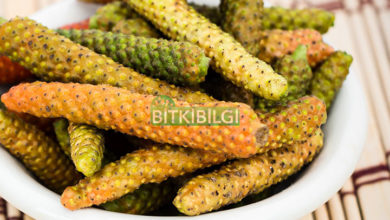Hyssop
Botanical Information: It is a perennial, fragrant, shrubby plant from the Lamiaceae family that can grow 50-120 cm. Its trunk is four-sided, has a branching structure and is green, but it becomes woody in the second year of the plant. Its lightly hairy, dark green, thin, long and pointed leaves are ribbon or spear-shaped. The lip-shaped flowers that bees and butterflies love very much are often bluish purple, sometimes pink or white, forming flower clusters, bloom from mid-summer to September. Its tear-shaped, flat and dark brown seeds are small. The plant reproduces by seed or is produced by dividing the roots or taking stem scions. Known for its benefits for many years, hyssop is today added in small amounts to some dishes to add scent and flavor. It is used in the production of some wines and liqueurs.
Where it is grown: Its homeland is the wide areas extending from the south of Europe and the Mediterranean basin to Central Asia. It also grows in our country.
Collection – Storage: Leafy flower spikes collected at the end of summer are dried in a shady and airy place.
Known Composition: Its composition contains % 1 volatile oil, as well as flavonoids, glycoside, diosmin and tannin.
Benefits:
It is an expectorant.
It is useful for colds with its sweating effect.
It heals and relieves irritated mucous membranes caused by hay fever.
It is effective for bronchitis, cough, sore throat and chronic cold.
It helps to overcome anxiety, hysteria and mild epilepsy.
It stimulates the digestive system and facilitates digestion.
If the tea prepared is applied by massaging against wounds, bruises and bruises, it provides healing.
How to use: Pour 1 glass of boiling water over 2 teaspoons of flower-leaf mixture and let it brew for 10-15 minutes. Strain and drink. If it tastes bitter, you can add some honey. Drink one glass of this tea three times a day.

